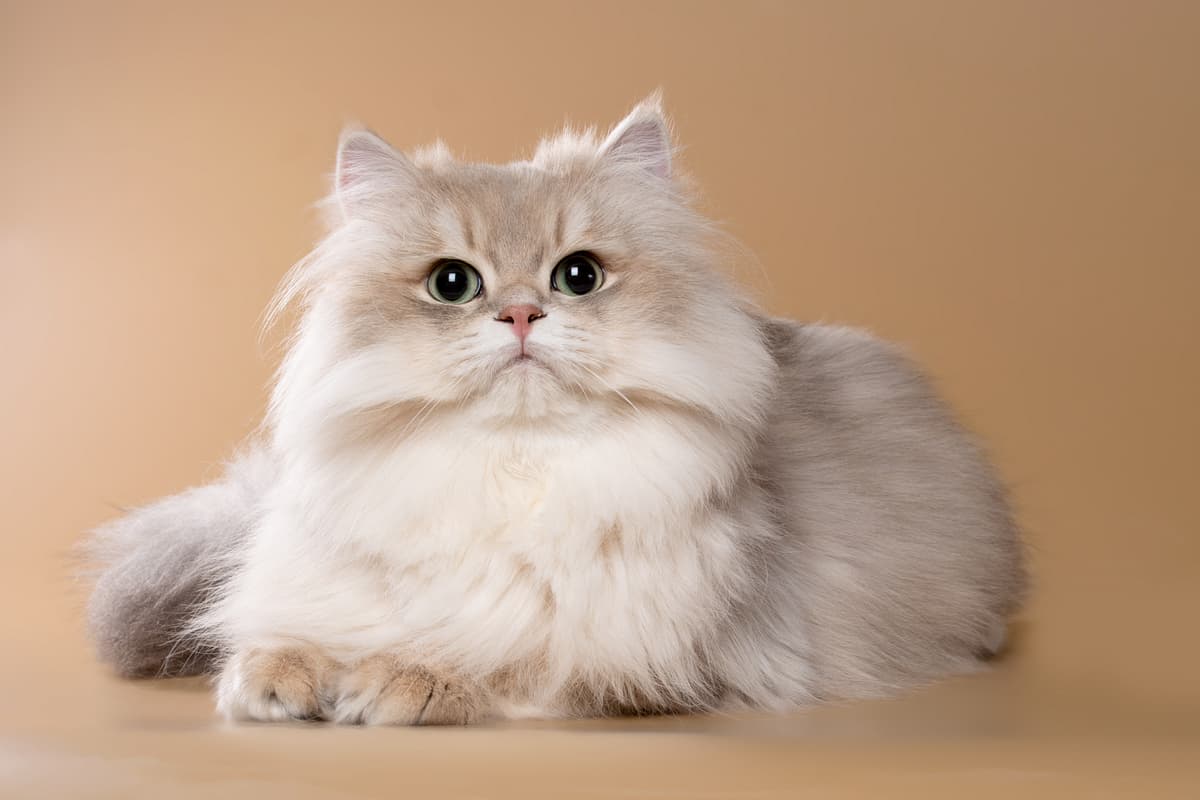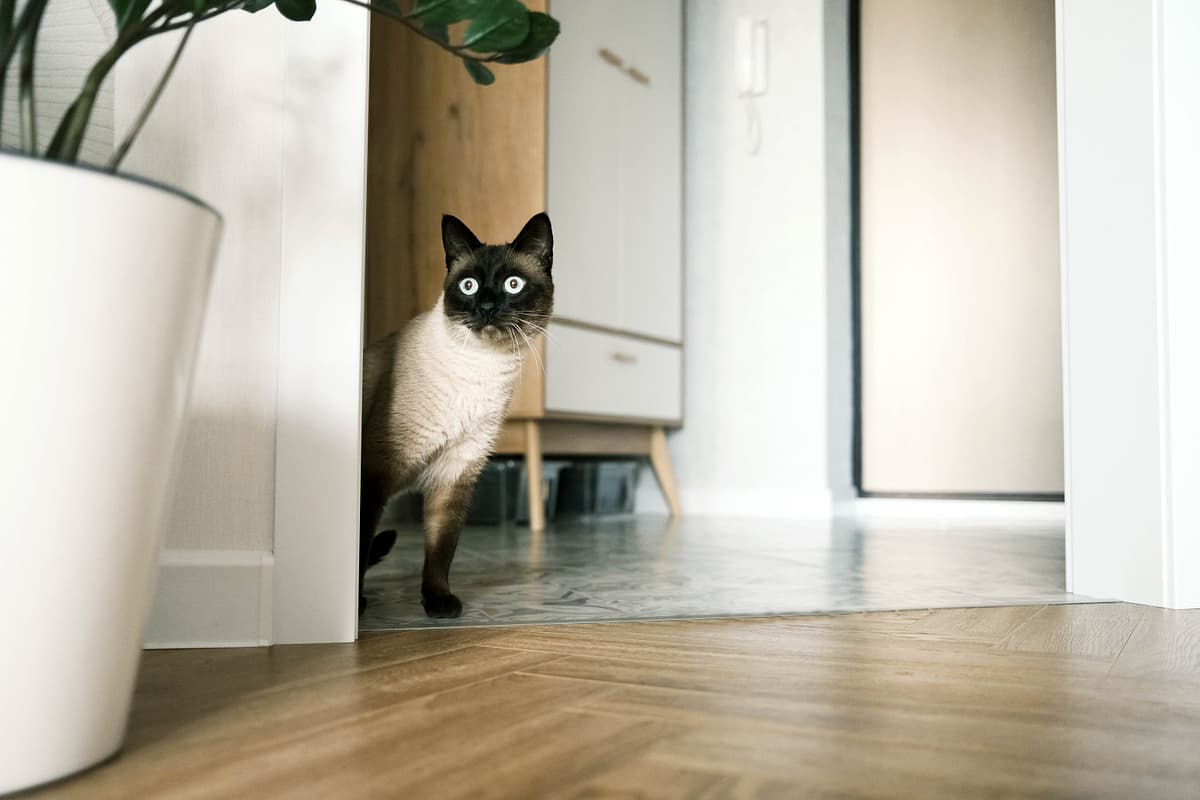British Longhair vs Siamese
Discover the differences between British Longhair and Siamese to make the best choice for your situation.
Try different breeds

British Longhair
Plush-coated and affectionate, this breed thrives on companionship and calm environments. British Longhair cats charm with their dignified nature and easygoing attitude toward family life.

Siamese
Striking blue eyes and a sleek, short coat set this affectionate breed apart. Social, vocal, and playful, Siamese cats thrive on companionship and interaction.
Quick comparison
Medium
4.5–8 kg
Longhaired, dense undercoat
12–16 years
3.5–6.5 kg
Moderately active
Medium
3.5–5.5 kg
Shorthaired, fine-textured
12–16 years
2.5–4.5 kg
High energy
Personality & behavior
Compare the personality traits and behavioral characteristics of both breeds.
British Longhair
Affectionate and sociable, enjoys human companionship
Learns routines quickly, moderately responsive to training
Prefers lounging, not highly active
Enjoys gentle play, not overly boisterous
Adjusts well to new environments and changes
Siamese
Enjoys people and bonds closely with owners
Learns quickly and solves puzzles with ease
Highly active and thrives on daily activity
Loves games and interactive play sessions
Adjusts well to new environments and changes
Care needs
Exercise, grooming, and daily care requirements
British Longhair
Hypertrophic cardiomyopathy, polycystic kidney disease
Siamese
Progressive retinal atrophy, respiratory issues
Suitability
How well each breed fits different living situations and families
British Longhair
Good option
Gentle and adaptable, they suit owners with little cat experience.
Very suitable
Calm temperament makes them comfortable in smaller living spaces.
Less ideal
They prefer a laid-back environment over constant activity or noise.
Family-friendly
Tolerant and patient with respectful children, but supervision is recommended.
Usually compatible
Generally sociable with other pets when introduced gradually.
Not recommended
They dislike being left alone for long periods and may develop separation issues.
Siamese
Good option
Affectionate and social, Siamese cats are generally easy for beginners to understand
Excellent fit
Their playful nature suits smaller spaces as long as they receive enough attention
Highly suitable
They enjoy interactive play and thrive in active, engaging environments
Usually good
Siamese cats are social but may be sensitive to rough handling by very young children
Works well
They often get along with other pets if introduced properly and given attention
Not recommended
Siamese cats become lonely and stressed if left alone for extended periods
Breed strengths
What each breed excels at and their best qualities
British Longhair
- Calm and gentle temperament
- Tolerates children and other pets
- Low prey drive compared to other breeds
- Affectionate without being overly demanding
- Adaptable to indoor living
Siamese
- Affectionate and bonds closely with owners
- Highly intelligent and quick to learn
- Social and enjoys interactive play
- Communicates needs with distinct vocalizations
- Sleek, low-shedding coat requires minimal grooming
Challenges & considerations
Potential challenges and considerations for each breed
British Longhair
- Prone to obesity if not monitored
- Requires frequent grooming to prevent mats
- Can be less active and playful
- May develop dental issues over time
- Sensitive to heat due to dense coat
Siamese
- Prone to separation anxiety if left alone
- Can be overly vocal and demanding
- Sensitive to changes in environment or routine
- Needs frequent mental and physical stimulation
- Susceptible to dental and respiratory health issues
Ready to choose your perfect breed?
Learn more about each breed or compare other breeds to find the perfect match for your lifestyle.
Discover more helpful tools
Make use of our other free tools to get the most out of your pet experience
